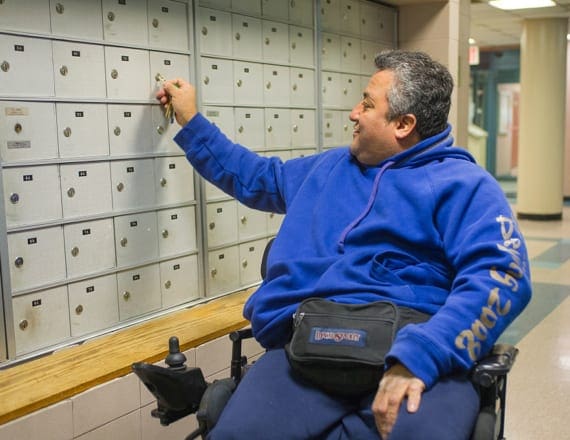Integrated Housing Models
On June 22, 1999, the U.S. Supreme Court issued its decision in Olmstead v. LC, a lawsuit that questioned the State of Georgia’s continued confinement of two individuals with disabilities in a state institution after it had been determined that they could live in the community. The court described Georgia’s actions as “unjustified isolation” and determined that Georgia had violated these individuals’ rights under the Americans with Disabilities Act (ADA).
Many states have since implemented “Olmstead Plans” or entered into Olmstead-related “settlement agreements” to create new integrated permanent supportive housing opportunities in conjunction with the expansion of community-based services and supports.

TAC believes that public entities such as state and local governments have a legal obligation to serve people with disabilities in the most integrated setting possible
Areas of Expertise
- State and local policy and resource alignment
- Best practice PSH models and strategies
- Building effective partnerships to increase PSH availability
- Leveraging sustainable mainstream financing
- The use of Medicaid in supportive housing services, including through Medicaid waivers and state plan amendments
- Capacity-building, technical assistance, and training on strategies to help vulnerable individuals get and keep housing
- Implementation and outcome monitoring through ongoing technical assistance, data tracking, and performance measurement
- The role of PSH in Olmstead compliance

